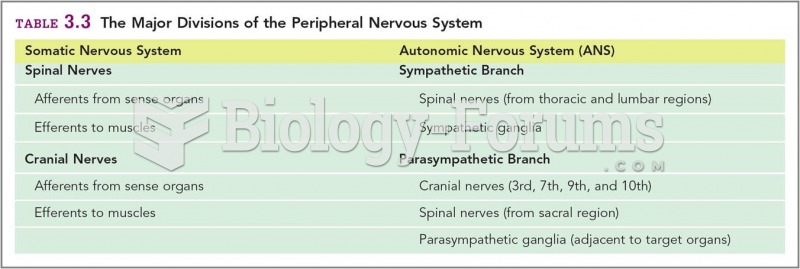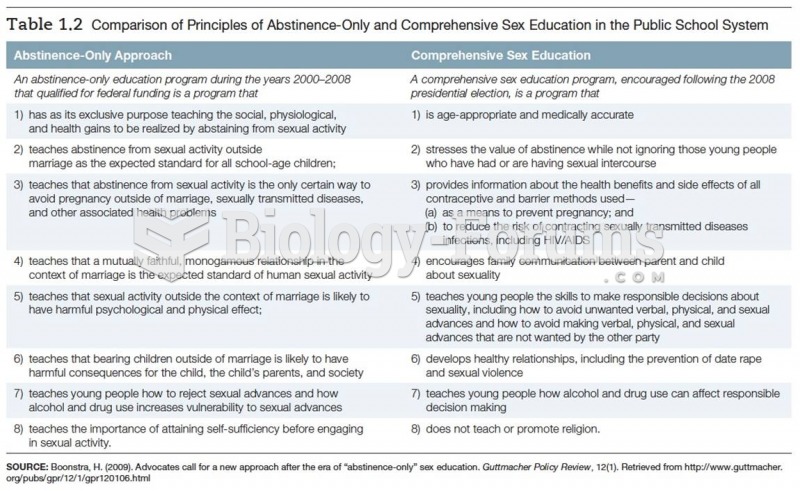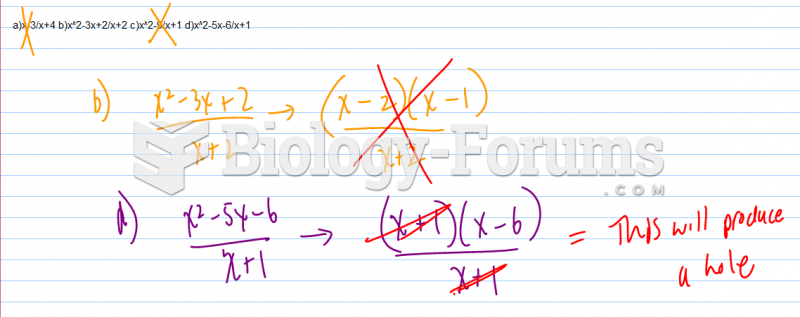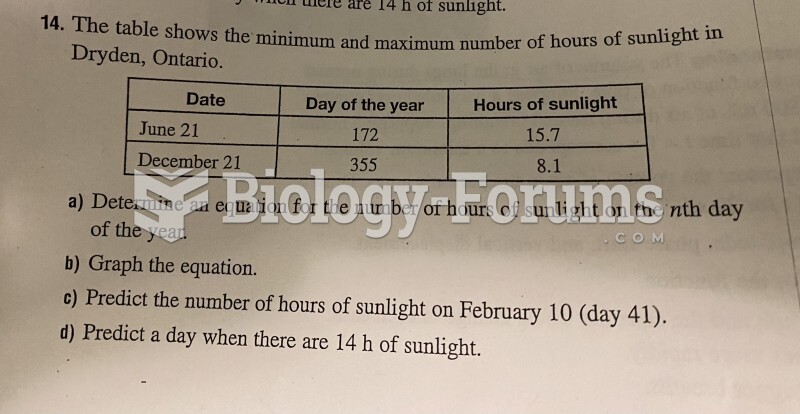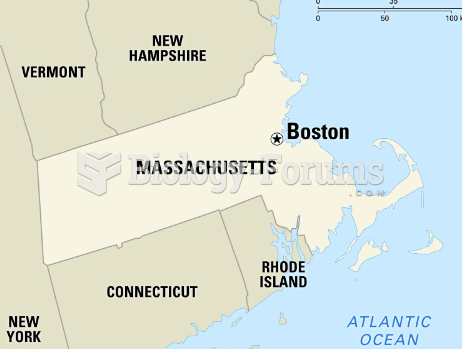Answer to Question 1
An ideal response will:
1, List the major functions of American political parties including the following: keep elected officials responsive by helping voters choose policy directions and judge past performance; stimulate political interest and participation by mobilizing voters, bringing issues to public attention, and educating the public on issues; ensure accountability by allowing citizens to pass judgment on a collective when it is difficult to pinpoint individual responsibility; help people make sense of complexity in politics, since party labels and positions provide shortcuts to determining values and interests; and make government work by providing bridges between the different branches of government that act as checks and balances.
2, Identify that people benefit from the party label by using it to organize their thinking about politics and as a guide in voting, judging new policy proposals, and evaluating government performance.
3, Note that the party label is used to exert pressure by the fact that how the parties stand relative to one another in the affections of the American people has a lot to do with who wins elections.
Answer to Question 2
An ideal response will:
1, Describe how Franklin D. Roosevelt led a coalition capturing a wide demographic swath, which was maintained for nearly four decades.
2, Detail the nature of the demographic change in the political parties about the time Richard Nixon was elected, which started the Democratic decline that picked up pace after 1980.


